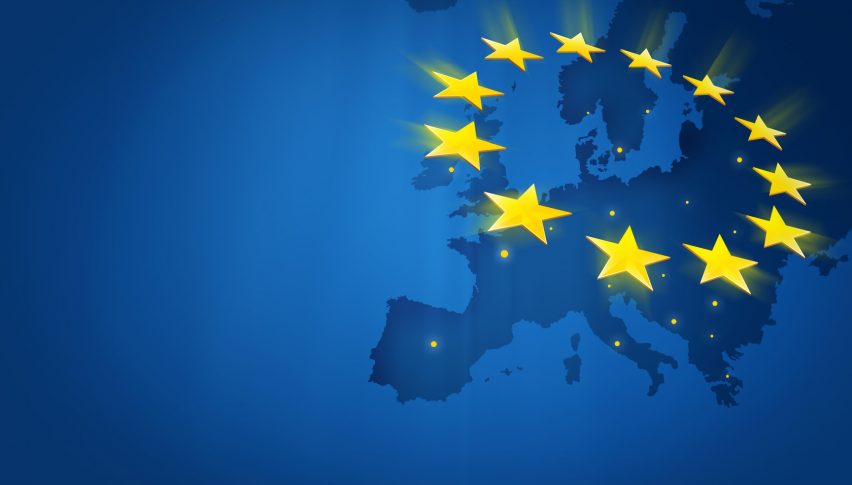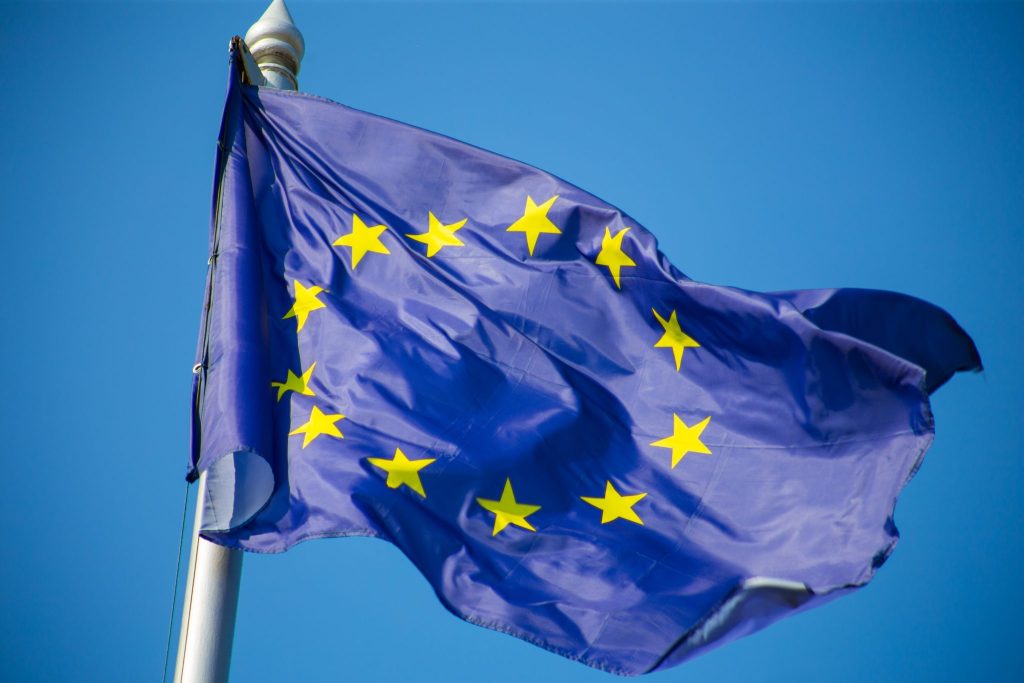What the European Union–Mercosur Free Trade Agreement Really Means
Once enacted, it would cover 722 million people and represent a combined GDP of $22 trillion, making it the largest trade agreement.

Quick overview
- Brazilian President Luiz Inácio Lula da Silva announced that the long-awaited EU-Mercosur trade agreement will be signed in the coming weeks.
- The deal, which has been in negotiation for over 25 years, aims to create one of the largest free-trade areas in the world, covering a market of over 700 million people.
- The agreement will eliminate tariffs on 90% of bilateral trade and is expected to significantly boost exports for both Mercosur and the EU.
- Despite the progress, France remains a strong opponent of the deal, urging its government to block the agreement within the EU Council.
Brazilian President Luiz Inácio Lula da Silva confirmed a few days ago that the long-delayed trade agreement will be signed in the coming weeks. After years of uncertainty, Argentina’s president, Javier Milei, will attend the summit that aims to finalize a pact more than 25 years in the making.

Negotiations between the European Union (EU) and Mercosur now appear to have reached a successful conclusion. Lula recently announced that the documents will be signed within weeks. If finalized, the deal would create one of the largest free-trade areas in the world, covering a market of more than 700 million people.
Broadly speaking, the agreement—which has taken a quarter-century of difficult talks—provides for the gradual phase-out of tariffs, the creation of a free-trade zone between both blocs, and rules of origin designed to ensure that its benefits stay within Mercosur and the EU, among other provisions.
After back-and-forth decisions, President Milei is set to attend the regional summit. For his libertarian administration, the meeting comes at a decisive moment; the government is closely watching the potential impact the treaty could have on sensitive sectors of Argentina’s economy.
What the EU–Mercosur trade deal entails
According to Lula, the agreement stands out for its economic scale. Once enacted, it would cover 722 million people and represent a combined GDP of $22 trillion, making it the “largest trade agreement in the world.”
A 2024 report by the Center for Strategic and International Studies (CSIS) noted that current EU–Mercosur trade amounts to €88 billion annually in goods and €34 billion in services. With the creation of the new free-trade zone, the combined flows would represent around 20% of global GDP.
The deal focuses on a central objective: gradually dismantling tariff barriers and establishing a broad free-trade zone with clear rules of origin, ensuring that advantages remain within both blocs. The text also lays out a regulatory framework for services, intellectual property, public procurement, sustainable trade, state-owned enterprises, and dispute-resolution mechanisms—key for long-term predictability.
The agreement eliminates tariffs on 90% of bilateral trade, with longer phase-out periods than those granted by the EU in previous deals. This schedule is expected to boost Mercosur’s agro-industrial, energy, and mining exports. For Europe, in addition to securing food, energy, and critical mineral supplies, the pact opens the door for greater access for its industrial goods to South America—while also helping the bloc reposition itself in an increasingly competitive global landscape vis-à-vis the United States and China.
European estimates suggest the continent could gain up to $10 billion in additional exports annually, with total EU sales rising by almost $60 billion.
Once signed, the agreement must still go through institutional approval processes on both sides of the Atlantic: each Mercosur country must ratify it according to its internal rules, as must each EU member state. This process may take months—or even years—depending on parliamentary dynamics.
Milei’s attendance and France’s opposition
Beyond the economic implications, Milei’s arrival in Brazil adds political weight, given the tense relationship he has maintained with Lula since taking office.
In Europe, the strongest opposition continues to come from France, which reiterated its firm rejection of the deal. Less than a month before the signing date announced by Lula, the French National Assembly unanimously approved a resolution urging President Emmanuel Macron to oppose the agreement and form a blocking minority within the EU Council.
- Check out our free forex signals
- Follow the top economic events on FX Leaders economic calendar
- Trade better, discover more Forex Trading Strategies
- Open a FREE Trading Account